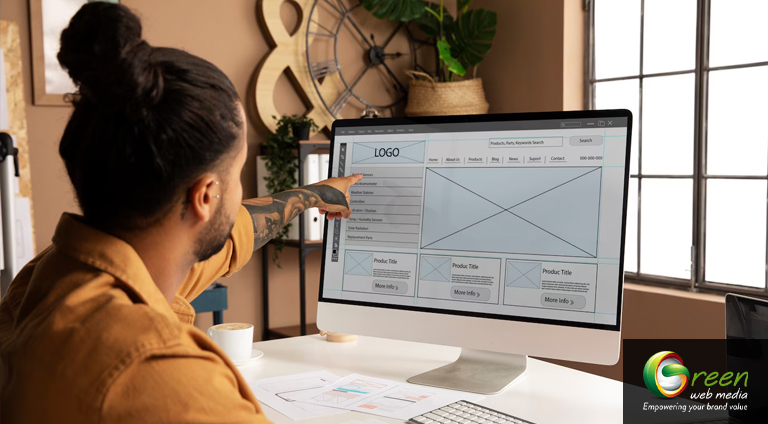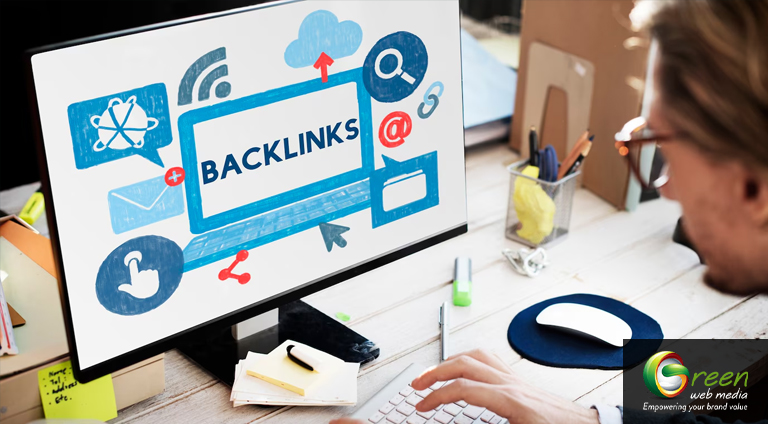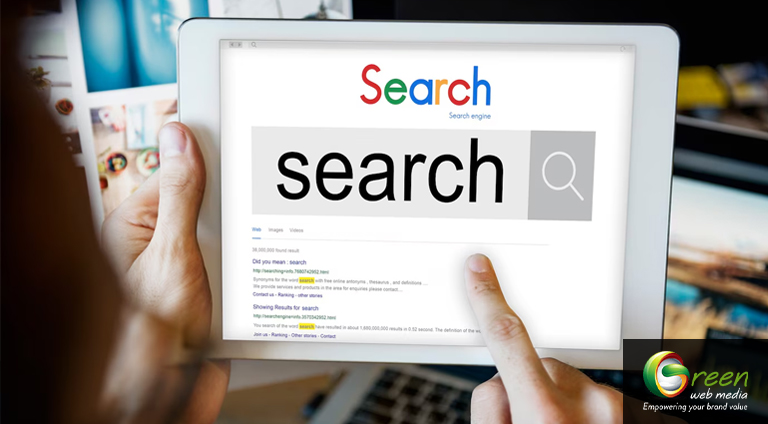How to Enhance Your Shopify Website Speed for Good Performance?

Online shopping has grown over the past few years and how! Just like other industries the way we buy and sell has also dramatically changed. All thanks to the internet. The global e commerce sales are estimated to exceed 6.3 trillion US dollars this year.
People love shopping online because it is easy. Users can buy items from anywhere at any time! But it is very important that they have a seamless experience while doing so. According to Google fifty-three percent of visitors will exit your site if it takes longer than three seconds to load.
This highlights how the performance of your shopify site can affect your ability to attract clients. Are you looking to improve your SEO? Then you must remember that your store’s speed will play a crucial factor here.
We can help you out! We have curated the perfect list of tips and tricks that can optimize your speed. Let us dig in!
Why is Shopify Speed Optimization Important?
Do you remember the time when sites loading times did not matter? This was because most consumers only focussed on products and pricing. But that is not the case anymore. Customers are more impatient now. So, if you want more sales, your site should be fast and simple. If it is not then your conversion rate might drop.
Your shop might have a great design and amazing products at good prices. But if it does not load quickly then customers will not stick around to see any of it. They will just leave and shop somewhere else.
Also, if there is additional loading time then it gives shoppers a chance to second guess their decision. They might start doubting this purchase or check some other site. Unless you have a unique item, these customers will not return. All this will happen because of a slow site.

What are the Benefits of Optimizing Shopify Site Speed?
In order to analyse and improve your website, you might need some time. But all these efforts will definitely be worth it! When you cut down the loading time it can increase your sales.
Customers are more likely to stay and navigate your shop if the pages load quickly and smoothly. This increases the chances that they will find something they want to buy.
But there are even more benefits to doing this-
[1] Google considers website speed and performance as key factors for search engine rankings. This means that if your store is fast it will appear higher in search results. As a result, more people will see your Shopify store. It can potentially reach thousands more customers and boost your profits.
[2] Slow websites are a major reason why users leave, especially on mobile devices. With a faster Shopify store, visitors can see and do more in less time. This reduces the chances they will leave out of frustration.

How to Improve Your Shopify Site Speed?
[1] Pick a shopify theme that is speed optimized
You need to pick a theme that is fast to keep your Shopify store running smoothly. Themes are the foundation of your store’s look and layout. They are made up of files that control how they appear. These templates can be altered to reflect the style of your company.
There are a few themes that load faster than others. This is because they have cleaner and more concise code. Minimalist themes, in particular, are known for their speed. It is because they have a simple and uncluttered design.
One theme Shopify suggests for faster loading times is Dawn. It is a free minimalist theme designed to prioritize speed. There are many other themes available. It is a good idea to test its speed before you switch to a new one. This is to see how it affects how quickly your Shopify store loads.
It is important to keep in mind that-modifying the code of your Shopify theme too much may result in slower website loading times. It is advisable to seek assistance from a Shopify partner if you wish to make changes. They can modify your current theme. Or they can create a new one that suits your needs.
[2] Disable unnecessary features
Themes in Shopify come with lots of options you can choose to use or not. Turning off features you do not need can make your Shopify store work better. When you use fewer resources from your theme, your store will load faster. This means customers will have a better time shopping.
You should check the settings of your theme to see what adjustments are possible. Turn off any features you do not want on your Shopify store. Some things cannot be turned off because they are fixed. But many themes let you turn off extra things you do not need.
Turning off unnecessary features can also make your store easier to use. A simple and tidy design helps customers navigate more easily. They can easily find what they want. This can make their shopping experience better. This will keep them coming back to your store.
It is a good idea to check your theme settings regularly to keep your store running smoothly. When you update or change your store’s content and layout, the importance of different features might change. You must ensure your store’s features match what you currently need.
[3] Optimize website imagery
Making sure your images are just right on your Shopify store is key to making it faster and work better overall. Pictures are really important on e-commerce sites like Shopify. Your store probably has lots of different kinds of images. A few of them are- headers, logos/icons and blog post images.
Good quality pictures are usually big files. If these pictures are not set up right, they can slow down how fast your store loads. That might annoy visitors and mean fewer people buying things from your store.
Here are some tips to make your images better:
– Compress images
You can use tools like TinyPNG or Optimizilla to make your images smaller. You can do so without making them look bad.
– Use fewer GIFs
Animated GIFs can make your website slower. You should consider using regular images instead.
– Choose images wisely
You must pick pictures that help customers understand your products. Avoid using too many that do not add value.
– Lazy loading of images
Load images only when people need to see them. You can do this by adding a lazy attribute to your image tags in the HTML code.
[4] Reduce shopify apps
How many apps have you added to your Shopify store? Applications allow you to quickly and simply add new features to your store with a single click. The code for your Shopify store does not need to be altered. Installing apps for the features you desire is a better option.
An excessive number of apps may cause your Shopify store to load slowly. Every app consumes a lot of resources in order to function. This includes memory and power. Your store is strained as a result. It may become less responsive and have functional issues.
If you want to maintain optimal performance for your store, you should install fewer apps. Eliminate any apps that are unnecessary for your store. More resources will be available in your store when you decrease the number of apps.
You need to be sure to periodically review the apps that are installed on your Shopify store. Seek for items that you no longer truly require. Your store will continue to function quickly if your apps are kept streamlined.
[5] Implement lazy loading
When you visit a webpage, your browser starts downloading all the pictures on that page right away. This can cause issues on pages with lots of photos like product pages.
Imagine a product page with 50 pictures. Because the browser tries to grab all those pictures at once, it takes longer for the page to fully load. This delay slows down how quickly you can see everything. It also uses up a lot of internet data. For people with slower internet, this means browsing the site feels slow and frustrating.
Lazy loading solves this problem by loading images right when they are about to appear on your screen. This means they only show up as you scroll down the page. When you do this, the browser does not waste time downloading images you cannot see yet. This makes the page load faster and saves internet data. As you keep scrolling, the images load smoothly. It can make your browsing experience seamless.
[6] Avoid redirect loops
Redirects guide web browsers to a different URL than the originally requested one. Imagine you have a product page for a special holiday sale at “www.yourshopifystore.com/sale.” After the sale ends, you remove this page and prefer visitors to land on your general product page at “www.yourshopifystore.com/products” instead. If you want to achieve this, you can create a redirect.
When used correctly redirects enhance the user experience. They do so by preventing users from encountering broken or outdated pages. However, improper implementation can negatively impact user experience. It can slow down your site and confuse search engine crawlers.
Here are a few common issues to watch out for:
- Redirect chain occurs when a redirect leads to another redirect. This can cause delays in crawling and slow down load times. It can frustrate users.
- Redirect loops happen when multiple URLs redirect to each other in a circular manner. For example, URL A redirects to URL B, and URL B redirects back to URL A. Such redirects do not actually lead visitors anywhere.
Having too many redirect chains can cause browsers to hit a redirection limit. It can show an error message that stops users from reaching your site. Do you want to keep your site running smoothly? Then make sure all redirects are direct and do not loop back on themselves.
Regularly check your store’s URLs and redirects. This is to catch and fix any redirect chains promptly.
[7] Include product videos
It is quite common for product pages to feature both images and videos. For instance, you might consider creating explainer videos showcasing your Shopify store’s products in use. These videos can enhance conversion rates and boost customer satisfaction.
When you are thinking about including videos on your Shopify store there are two options. You can either embed them or upload them directly. Shopify supports both options. But embedding videos is typically more efficient.
Uploaded videos are stored on your Shopify store’s servers. This can use up resources and might slow down your site. On the other hand, embedded videos are hosted on third-party platforms such as YouTube. This approach does not burden your store’s resources. It usually leads to quicker loading speeds.
Hosting your product videos on YouTube offers several benefits. YouTube’s reliable infrastructure ensures fast video playback. This lightens the load on your Shopify store’s servers. Moreover, leveraging YouTube can expand your audience and enhance your SEO. This is because your videos can appear in YouTube search results. It can attract more viewers and direct traffic to your store.
Here are the steps to embed a product video on your Shopify store:
- Navigate to the Shopify editor.
- Click on the “Insert video” button.
- Paste the YouTube embed snippet into the designated field.
- This approach seamlessly integrates the video into your product page. It ensures a smooth and enjoyable viewing experience for your customers.
[8] Check your font
There are generally two types of fonts-system fonts and web fonts. System fonts are already installed on your computer or device. They are created to work seamlessly across various operating systems and applications.
On the other hand, web fonts are hosted on a server. They are downloaded by the user’s browser when they visit a webpage. They are often chosen for their uniqueness. These are commonly used to achieve a specific brand aesthetic.
However, using web fonts can potentially slow down your website in two main ways:
- Additional Requests
Integrating a custom web font requires loading it from a server. Each font adds extra requests. This can increase loading times.
- Rendering Delays
Browsers must wait for the web font to be fully downloaded before they can display text using that font. This delay in rendering can adversely affect user experience.
In order to maintain a smooth shopping experience for your customers, consider using system fonts instead.
Some examples of system fonts include-
- Georgia
- Times New Roman
- Monaco
- Menlo
To conclude
Are you looking to boost your Shopify store feed? Then simply follow the steps mentioned above. They will help you. These are great adjustments that you should make. Compressing images and implementing lazy load images features can ensure your website loads faster.
But if neither works then it is time to contact experts. A reliable team will ensure all your woes turn into happy times.





